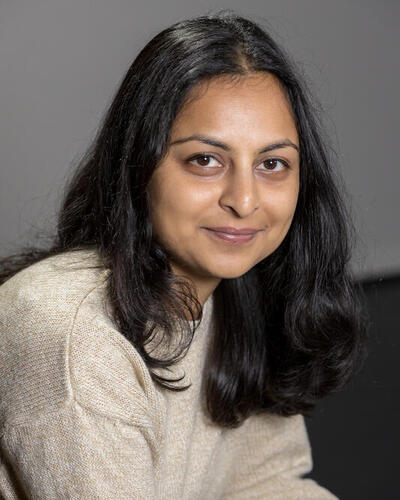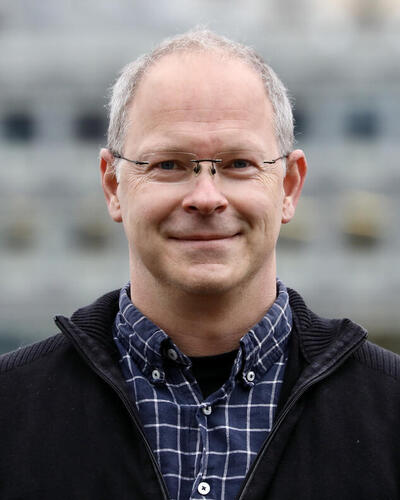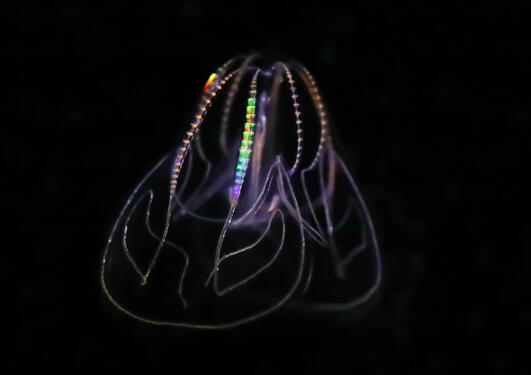Congratulations Dr. Ravi!
On the 12th of August 2024, PhD candidate Aishwarya Ravi successfully defended her thesis titled: “Polarized Recruitment of Secretory Vesicles in the Choanoflagellate Salpingoeca rosetta: Insights into the Origin of Neurosecretion”
Main content
Neurons and other specialized cell types use tightly regulated secretion mechanisms to release neurotransmitters, small messenger molecules. Neurons are found even in the most ancient animal lineages and Unc13, a protein crucial to neurosecretion, was found in their closest relatives, unicellular protists called choanoflagellates. Fascinated by the evolution of cell types in animals, Aishwarya explored whether these small organisms might also be capable of regulated secretion. During the course of her PhD, she successfully showed that Unc13 does control secretion in the choanoflagellate Salpingoeca rosetta. "For the first time in our laboratory, Aish implemented functional techniques to study synaptic protein homologs in choanoflagellates. Her findings on Unc13 dependent vesicle recruitment will significantly impact several fields like neurobiology & evolutionary biology”, said thesis supervisor Pawel Burkhardt.
Trial and error
Among the techniques that were instrumental to the groundbreaking work, developing cell transfection in choanoflagellates was particularly rewarding. “While establishing the technique, screening for glowing cells among all the non-glowing cells in the microscope was like searching for a needle in a haystack - except, you don't know how visible or invisible the needle actually is!” Aishwarya said. “After months of trial and error, I found my first 'glowing cell' after a long session at the microscope that ended at midnight. Establishing transfection was a turning point in my project and was very beneficial for the lab!”
“After months of trial and error, I found my first 'glowing cell' after a long session at the microscope (...). Establishing transfection was a turning point in my project and was very beneficial for the lab!” - Aishwarya Ravi
Finding the right place for her research
After obtaining a bachelor’s degree in biotechnology engineering at BMS College of Engineering in her hometown of Bangalore, India, Aishwarya moved to the Netherlands to pursue a Master’s degree in Molecular Biology at the University of Groningen. During a research project on the evolutionary genomics of cichlid fish, she discovered her passion for evolutionary biology and decided to pursue a PhD at the Michael Sars Centre. “My interest was especially in the Burkhardt group as the questions Pawel posited deeply resonated with me. No need to justify here that neurons are fascinating, and choanoflagellates are unique”, she explained.
The Burkhardt group turned out to be a great scientific and personal fit for Aishwarya, who credits her team members for creating a friendly and collaborative environment in which she thrived. “I feel content, grateful, and at peace with how things have turned out. I am closing this chapter with a big smile and ready to move ahead with all that I have learned in this process”, she concluded. We wish Aishwarya all the best with the next step of her career!












